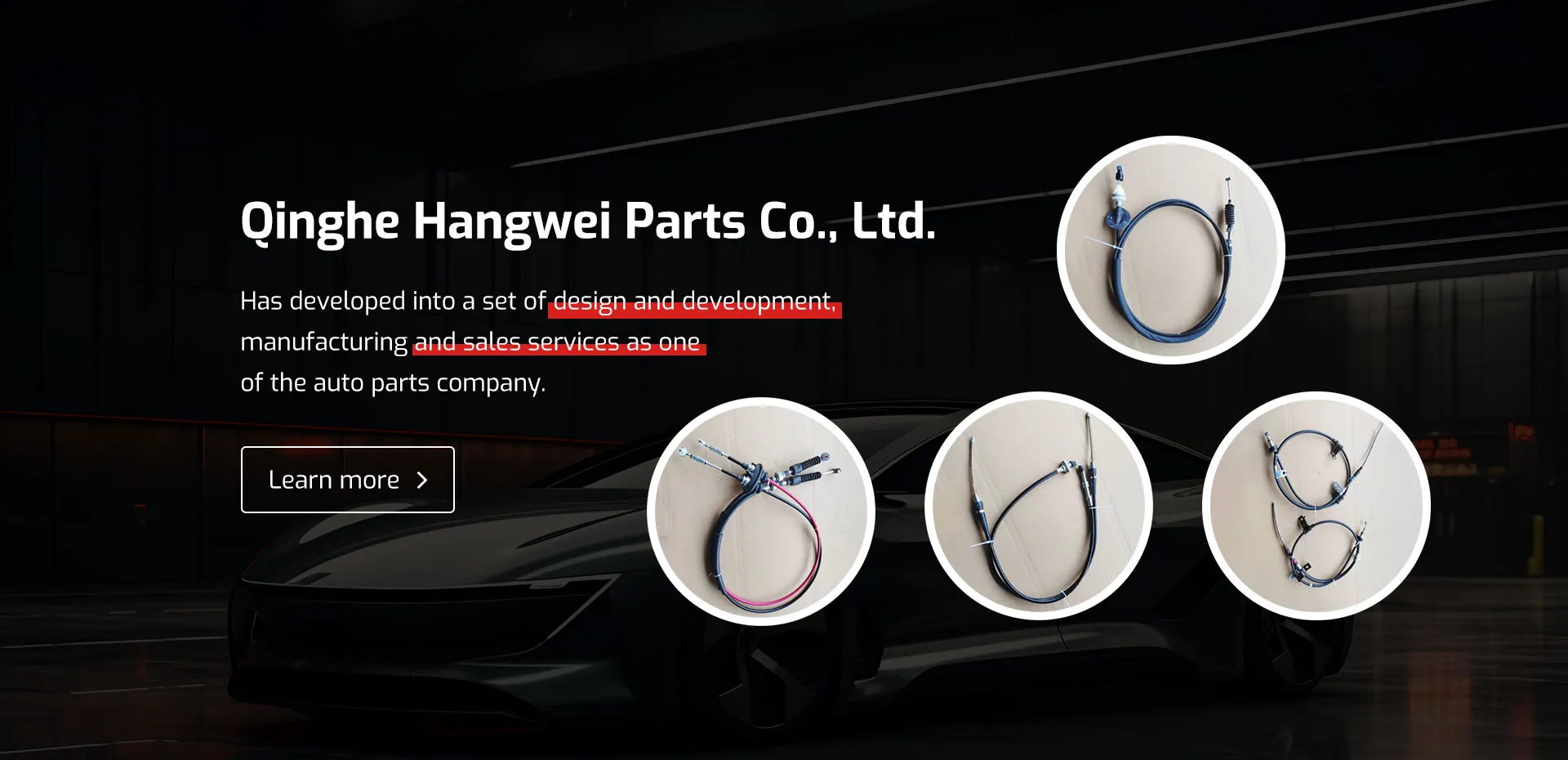Understanding the Functionality and Maintenance of Hand Brake Lines in Vehicles
Understanding the Hand Brake Line Importance, Functionality, and Maintenance
The hand brake, commonly known as the emergency brake or parking brake, is a fundamental safety feature in vehicles. It plays a crucial role in preventing the car from moving when parked, particularly on inclines. However, one integral component of the hand brake system often goes overlooked the hand brake line. This article will delve into the importance, functionality, and maintenance of the hand brake line, providing vehicle owners with essential knowledge to ensure their safety on the road.
The Importance of the Hand Brake Line
The hand brake line is a cable that connects the hand brake lever to the brake mechanism at the rear wheels. It is typically made of a durable metal wire encased in a protective sheath to ensure flexibility and resistance to wear and tear. The primary function of the hand brake line is to transmit the force applied by the driver at the hand brake lever directly to the rear brakes, allowing for effective engagement or disengagement of the braking system.
Without a properly functioning hand brake line, the hand brake may not operate effectively, potentially leading to dangerous situations. For instance, if the cable is frayed or broken, the hand brake may fail to hold the vehicle in place, especially on sloping terrain. This risk not only endangers the vehicle but also poses a hazard to pedestrians and other road users.
Functionality of the Hand Brake Line
When a driver pulls the hand brake lever, they apply a force that pulls on the hand brake line. This action causes the cable to tighten and, in turn, pulls the brake shoes against the rear brake drums (in drum brake systems) or squeezes the brake calipers against the brake discs (in disc brake systems). This engagement creates friction, thereby immobilizing the vehicle.
The hand brake system is generally designed to be mechanically operated, distinguishing it from the primary hydraulic braking system. This design allows for reliable operation even if the hydraulic system fails, which is why the hand brake is often referred to as the emergency brake. Moreover, the hand brake line's simplicity and robustness contribute to the overall reliability of the brake system.
Maintenance of the Hand Brake Line
hand brake line

Regular maintenance of the hand brake line is essential for ensuring the safety and effectiveness of the hand braking system. Here are some key maintenance practices that vehicle owners should consider
1. Visual Inspection Periodically inspect the hand brake line for signs of wear, such as fraying or corrosion. Look for any kinks or sharp bends that may affect its functionality. If any damage is visible, it is crucial to replace the line promptly.
2. Adjustment Over time, the hand brake line may stretch, leading to a decrease in the brake's effectiveness. Most vehicles allow for adjustment of the hand brake lever to compensate for this stretching. Refer to the vehicle's manual for guidance on how to adjust the hand brake properly.
3. Lubrication If accessible, lubricate the moving parts of the hand brake line to reduce friction and prevent premature wear. Use a suitable lubricant, but ensure that it does not interfere with the braking surfaces.
4. Professional Inspection It's advisable to have a professional mechanic inspect the hand brake system during routine vehicle maintenance. They can detect any underlying issues that may not be immediately apparent to the average vehicle owner.
5. Testing Regularly test the hand brake to ensure it holds the vehicle in place when parked. Engage the hand brake on a slight incline and check if the car remains stationary. If the vehicle rolls, seek professional assistance to address the issue.
Conclusion
The hand brake line may be a small component of a vehicle’s braking system, but its importance cannot be overstated. It serves as a vital connection between the driver's control and the vehicle's ability to remain stationary. Regular maintenance and inspection of the hand brake line can prevent potential failures, ensuring that the hand brake functions effectively when needed. By prioritizing the upkeep of this often-overlooked feature, vehicle owners can enhance their safety and the overall reliability of their driving experience. Regular care and attention to the hand brake line can ultimately save lives and prevent accidents on the road.
-
Upgrade Your Vehicle with High-Quality Handbrake CablesNewsNov.01,2024
-
Optimize Your Bike's Performance with Quality CablesNewsNov.01,2024
-
Enhance Your Vehicle's Performance with Quality Clutch ComponentsNewsNov.01,2024
-
Elevate Your Vehicle's Performance with Quality Throttle CablesNewsNov.01,2024
-
Elevate Your Vehicle's Performance with Quality CablesNewsNov.01,2024
-
Affordable Solutions for Your Cable NeedsNewsNov.01,2024
